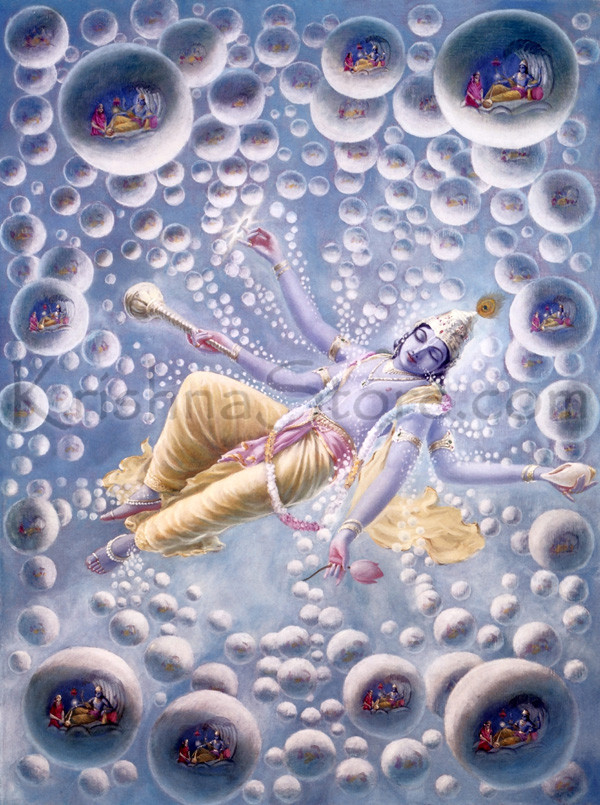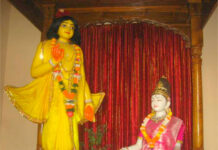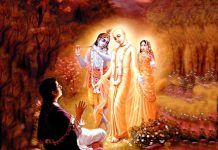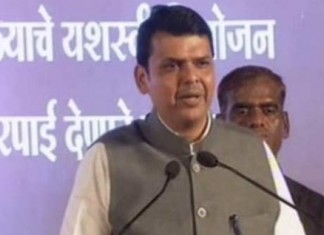There are numerous theories presented by modern scientists on what exactly the Milky Way galaxy is, how it behaves and how its behavior can be used to understand our universe. In fact, this galaxy is considered the pivot point for understanding other galaxies and the structure of the universe. Until now it is considered to be just one of the many other galaxies in the universe, albeit the closest one.
But a new study has opened doors to other possibilities and suggests that the prevailing concept about Milky Way may be far from truth. Presently, many models of the universe are based on the concept that all galaxies behave similar to Milky Way. This is not the case, however, the researchers say. The new findings could potentially lead to a major shift in the understanding of our universe.
It could help modern science decode the many puzzling mysteries of the universe. In fact, these mysteries are already decoded in the ancient Vedic science of India but unfortunately the modern scientists have difficulty accepting the authority of the Vedas as the description of the universe given in the Vedas is beyond human sense perception.

“”Milky Way may not be as “typical” as previously thought and studying the universe based on the model of our own galaxy may be misleading, scientists say. The Milky Way, which is home to Earth and its solar system, is host to several dozen smaller galaxy satellites.
Early results from the Satellites Around Galactic Analogs (SAGA) Survey indicate that the Milky Way’s satellites are much more tranquil than other systems of comparable luminosity and environment. Many satellites of those “sibling” galaxies are actively pumping out new stars, but the Milky Way’s satellites are mostly inert, the researchers found.
“We use the Milky Way and its surroundings to study absolutely everything,” said Marla Geha from Yale University in the US. “Hundreds of studies come out every year about dark matter, cosmology, star formation, and galaxy formation, using the Milky Way as a guide. But it is possible that the Milky Way is an outlier,” said Geha, lead author of the study which appears in the Astrophysical Journal.”” – Milky Way different from most galaxies: study
We find the following mind-blowing statements from Vedic sriptures where in the Milky Way is described as a celestial path using which mystic yogis can traverse the universe and reach the highest planetary system.
vaiśvānaraṁ yāti vihāyasā gataḥ suṣumṇayā brahma-pathena śociṣā
vidhūta-kalko ’tha harer udastāt prayāti cakraṁ nṛpa śaiśumāram
Translation: O King, when such a mystic passes over the Milky Way by the illuminating Sushumna to reach the highest planet, Brahmaloka, he goes first to Vaishvanara, the planet of the deity of fire, wherein he becomes completely cleansed of all contaminations, and thereafter he still goes higher, to the circle of Shishumara, to relate with Lord Hari, the Personality of Godhead. (SB 2.2.24)
Srila Prabhupada comments that the polar star of the universe and the circle thereof is called the Shishumara circle, and therein the local residential planet of Lord Ksirodakashayi Vishnu is situated. Before reaching there, the mystic passes over the Milky Way to reach Brahmaloka, and while going there he first reaches Vaishvanara-loka, where the demigod controls fire. On Vaishvanara-loka the yogi becomes completely cleansed of all dirty sins acquired while in contact with the material world.
Richard L. Thompson, a Ph.D. in mathematics from Cornell University, who spent years in studying Vedic astronomy has this to say about Milky Way:
“The Milky Way is seen in the sky as a great band of light, densely packed with stars, running roughly north and south, cutting the celestial equator at an angle of about 62 degrees. A very bright region of the Milky Way intersects the ecliptic in the constellation Sagittarius. This is close to the naksatras Mula and Purvasadha, which form the beginning of the path of the Pitrus.
Just as Pitru-loka is south of the ecliptic, the higher planets are to its north. So the mystics who follow the path to these planets, the path of the demigods, also begin at Mula and Purvasadha, but they travel northward. Their journey is described in the Srimad-Bhagavatam (2.2.24-25) and in the Visnu Purana.
Moving along the ecliptic, the mystics travel up to Revati. (This leg of their journey is called Vaisvanara.) From Revati they move through the naksatras Asvini, Bharani, and Krttika and travel on to the planet of the fire-god, Agni. There they are purified of all contaminations.
From Agni the mystics keep going north, through Brahmahrdaya and Prajapati, following the Milky Way, and as they reach the latitudes of the seven rsis they enter Visnupada, the path of Visnu. This is the path they follow until they at last reach the polestar, Dhruvaloka, a spiritual planet within the material universe.
In more familiar terms, Asvini, Bharani, and Krttika match parts of the constellations Aries and Taurus. The seven rsis (saptarsi) correspond to the constellation Ursa Major, commonly known as the Big Dipper. Opposite the point where the Milky Way meets the ecliptic in the southern hemisphere, it intersects the ecliptic in the north, at the boundary of Taurus and Gemini. It is here that we find the star Agni. Once we locate the paths of the Pitrs and the demigods on the celestial sphere, we can ask whether other cultural traditions offer similar accounts of the soul’s celestial travels. It turns out that many do.” Astronomy and the Antiquity of Vedic Civilization by Sadaputa Dasa
One may wonder why I write about scientists making mistakes and why not praise their many wonderful achievements.There are a couple of main reasons.
First of all, there are thousands of articles, magazines and websites, which are sponsored and promoted by the supporters of modern science. All that they do is glorify today’s science and, wherever possible, hide their goof-ups. This is their job. The whole show is run by atheists and it happens at the cost of tax payers’ money. I can live even with that but when they misguide people by taking them away from God-given, infallible Vedic science, I feel duty-bound to speak up especially when their theories, one after another, turn out to be wrong. It could help people understand that what they call science is not science as in real sense of the term, science cannot keep changing.
As I mentioned elsewhere, the noise is not about scientists making mistakes; it is about them claiming to know things that they don’t know. Not only that, they impose their new theories, produced at the cost of millions of dollars, on students and general population as if what they find, every time, is absolute truth.
The question is, why not follow a proven model instead of speculating decades after decades? Vedas clearly say that the universe cannot be correctly observed by gross human senses. On the other hand, there are incidents recorded in the Vedic history how mystic yogis traveled throughout the universe. Not only that, it also explains how it can be done, even today. Why not study it?
Now when modern science is able to appreciate the value of yogas and yogic processes like pranayam and asanas, and when the Vedic medical science, ayurveda, is becoming preferred path in healthcare, there are all wise reasons for today’s scientists to study Vedic astronomy and benefit from it. The explanation given in there may sound imaginary at first but by systematic study a sincere scientist can understand how it is all factual and fully scientific.





































